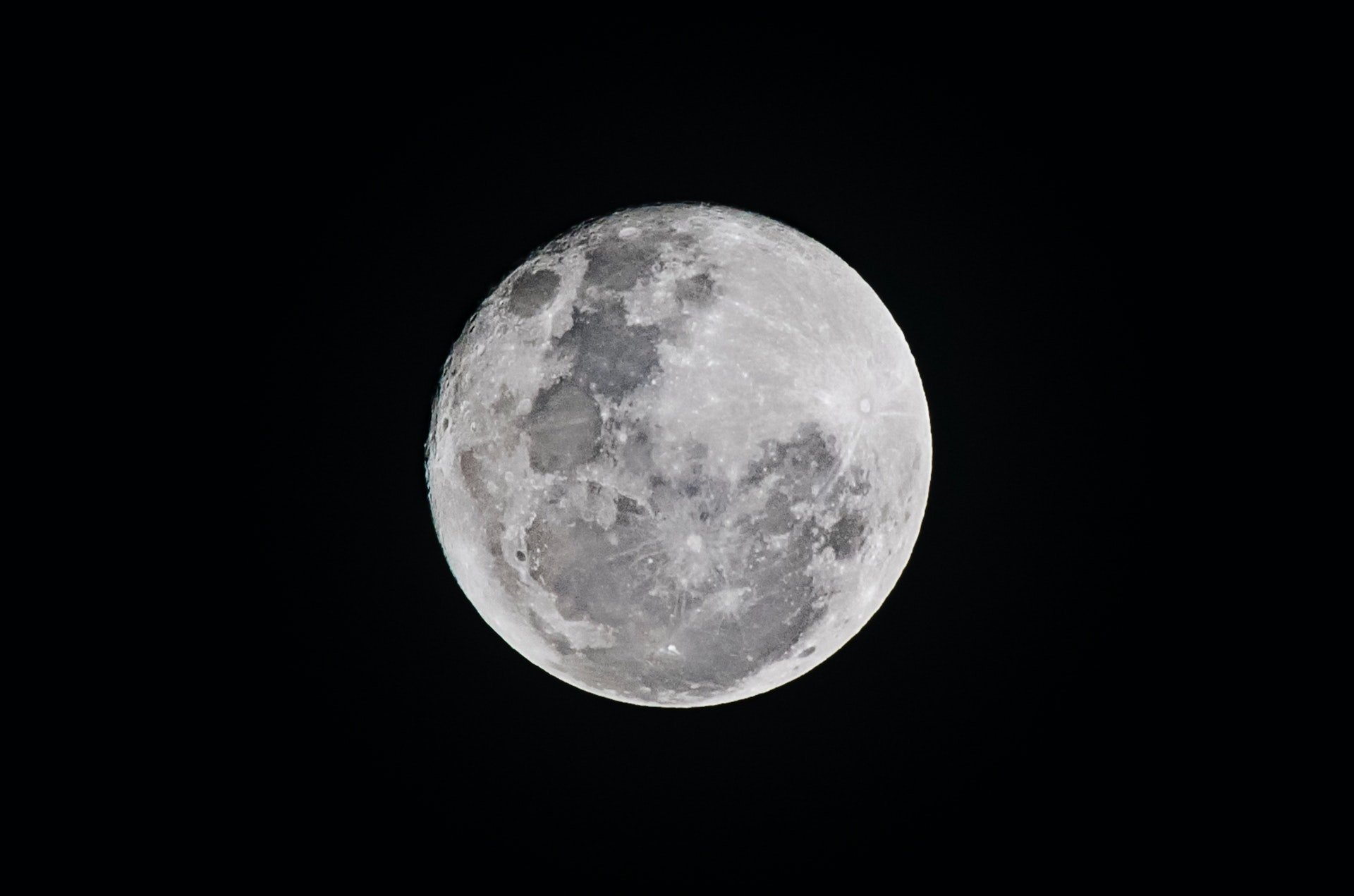Located just 40 light-years away from us, the star TRAPPIST-1 is a fuzzy red dwarf orbited by seven rocky planets. It is the most numerous planetary system ever discovered. We’re not just dealing with rocky planets, but they’re all similar in size to Earth, and many of them lie in the habitable zone of their host star. It is therefore not surprising that both planets and their host star are the target of many observing instruments.
Read also: And until now! The planets of the TRAPPIST-1 system may be more habitable than previously thought
Rocky planets located in the habitable zone of their star are the focus of attention of scientists engaged in the search for extraterrestrial life. No matter how you look at it, these planets may have liquid water on their surfaces. From what we know from the surface of our planet, life requires liquid water to thrive. As a general rule, it should be noted here that there is likely to be life in the universe that is completely different from ours. But the problem is that if we don’t know how it works, we don’t know what to look for to confirm its existence on an Earth light years away. Inevitably, when searching for life in space, we must look for life similar to our own.
In the case of the TRAPPIST-1 system, the problem may not be one of the planets, but rather the host star itself. The red dwarf is much smaller than the Sun, and belongs to the most active group of stars in our galaxy. Powerful flares and bright, powerful explosions of energy are regularly emitted from the surface of the star. Moreover, these flares occur several times a day. By comparison, such flares occur on average once a month on the Sun. However, it should be noted that the distances from the star to the planets in the TRAPPIST-1 system are much smaller than in the solar system. Suffice it to mention here that the orbits of the seven planets in this system are proportional to the orbit of Mercury. At such a short distance from the star, flares can pose a really big problem for planets.
Read also: And the surprise! Planets like Earth are not the best for life to evolve
As part of this research project, scientists monitored TRAPPIST-1 for 27 hours. During this time, they were able to record a series of flares on the star’s surface. For the first time in history, it has become possible to observe the flares of a distant star in the infrared range. Thanks to James Webb, which was created specifically for such observations, it was possible to record the development of flares with very high accuracy. For the first time, scientists were able to see the glow grow brighter over the course of several hours, reaching maximum brightness, and then fading.
On the one hand, these observations will allow scientists to filter out flare emissions from planetary observational data, and on the other hand, they indicate that life on planets orbiting red dwarfs is not easy. Powerful flares occurring near the planet can effectively destroy planetary atmospheres and sterilize planetary surfaces. But does this happen on all TRAPPIST-1 planets? We still have to wait for the answer, because the search for planetary atmospheres is still ongoing.

Echo Richards embodies a personality that is a delightful contradiction: a humble musicaholic who never brags about her expansive knowledge of both classic and contemporary tunes. Infuriatingly modest, one would never know from a mere conversation how deeply entrenched she is in the world of music. This passion seamlessly translates into her problem-solving skills, with Echo often drawing inspiration from melodies and rhythms. A voracious reader, she dives deep into literature, using stories to influence her own hardcore writing. Her spirited advocacy for alcohol isn’t about mere indulgence, but about celebrating life’s poignant moments.


![Leszek Teleszyński played the role of the arranger in “The Leper”. This is what it looks like today [ZDJĘCIA] Leszek Teleszyński played the role of the arranger in “The Leper”. This is what it looks like today [ZDJĘCIA]](https://ocdn.eu/pulscms-transforms/1/_xnk9kpTURBXy81MmNhYzgyOWRkZTk4ZjQ0NTgzMDliYzJmYzBiMTk2Mi5qcGeTlQPNAzTNAvjND5rNCMmTCaYyNmJjZTUGkwXNBLDNAnbeAAGhMAE/elzbieta-starostecka-i-leszek-teleszynski-w-filmie-tredowata.jpg)







